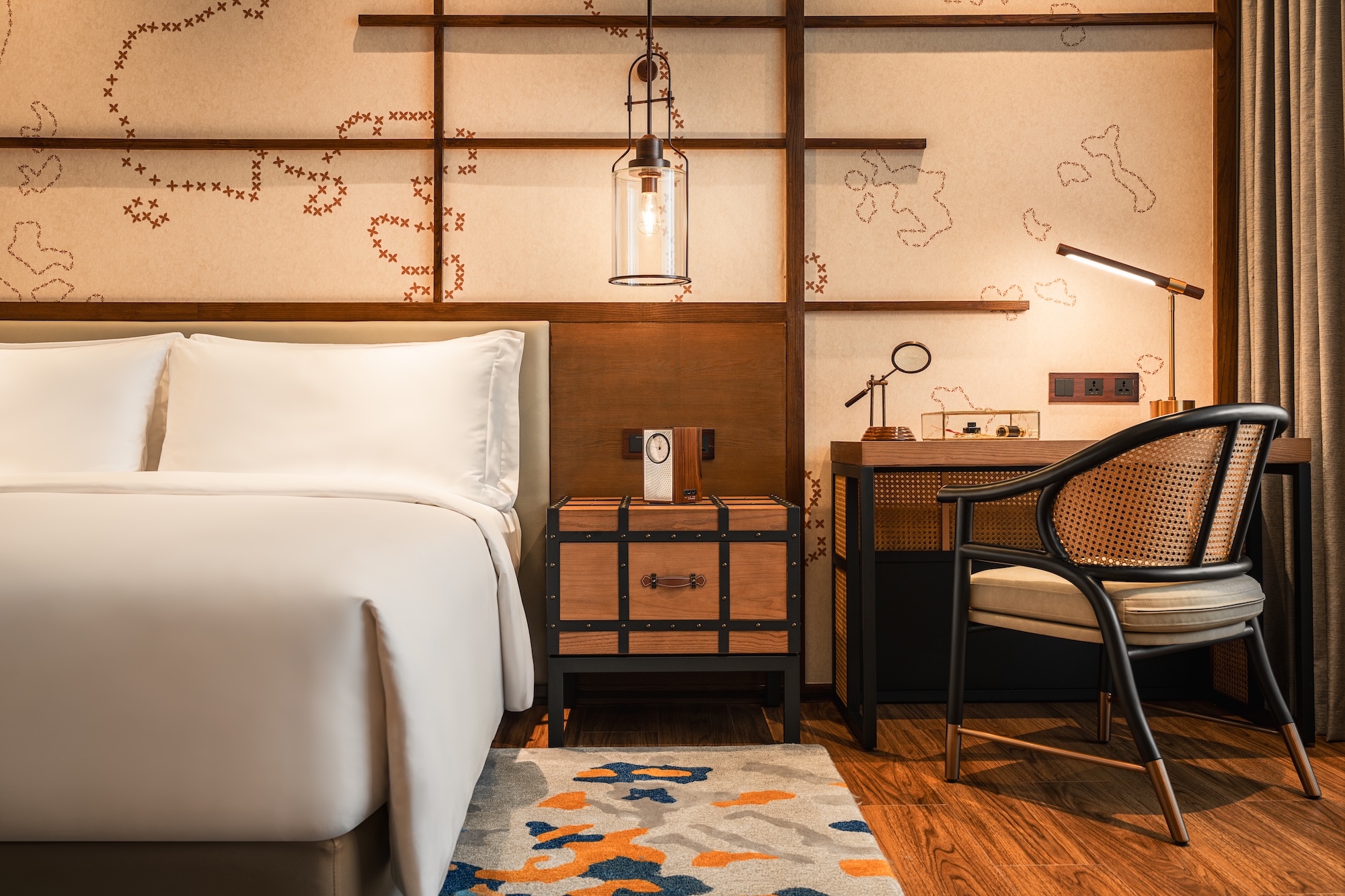Why do you think it is important to conserve old buildings?
Cities can only be rich if they are layered with the architectural tales of many generations past. Progress doesn’t mean newness at the expense and erasure of the past.
What’s special about Macalister Mansion?
We employ a greater and more sophisticated design philosophy that generates newness from the layers of history. Our Macalister Mansion project doesn’t just involve existing historic architectural cues. It tells history, with the tale of Norman Macalister as an underlying narrative. In a way, history itself has been “adaptively resued”!
What’s the biggest challenge when outfitting a new heritage project?
Heritage buildings come with an original use and spatial planning. It takes quite a lot of creativity to work within these constraints and adapt it seamlessly to the building’s new function.
What’s your main aim when working on a colonial building like Macalister Mansion?
With Macalister Mansion, the end aim was to strike a good balance between nostalgia and relevance for the future. Against the backdrop of a conserved mansion, the heritage spaces have been carefully adapted. Key features have been conserved and infused with contemporary design.
What are some examples of ways Ministry of Design balances modern convenience with old school charm?
Entering the hedge-lined driveway, guests are welcomed by an oversized 2.5 meter high fractal bust of Norman Macalister—a modern reinterpretation of the colonial artefact—which is juxtaposed against the elegant grand dame of a mansion. Another example of new against the old is in the reception. The entrance features the building’s original ornately designed doorway and a reflective copper reception bar, with video art by Mansoor Ramli—a collage of abstracted Penang scenes accompanied by an indie electronic soundtrack.
Ministry of Design worked on Penang boutique hotel Macalister Mansion.





